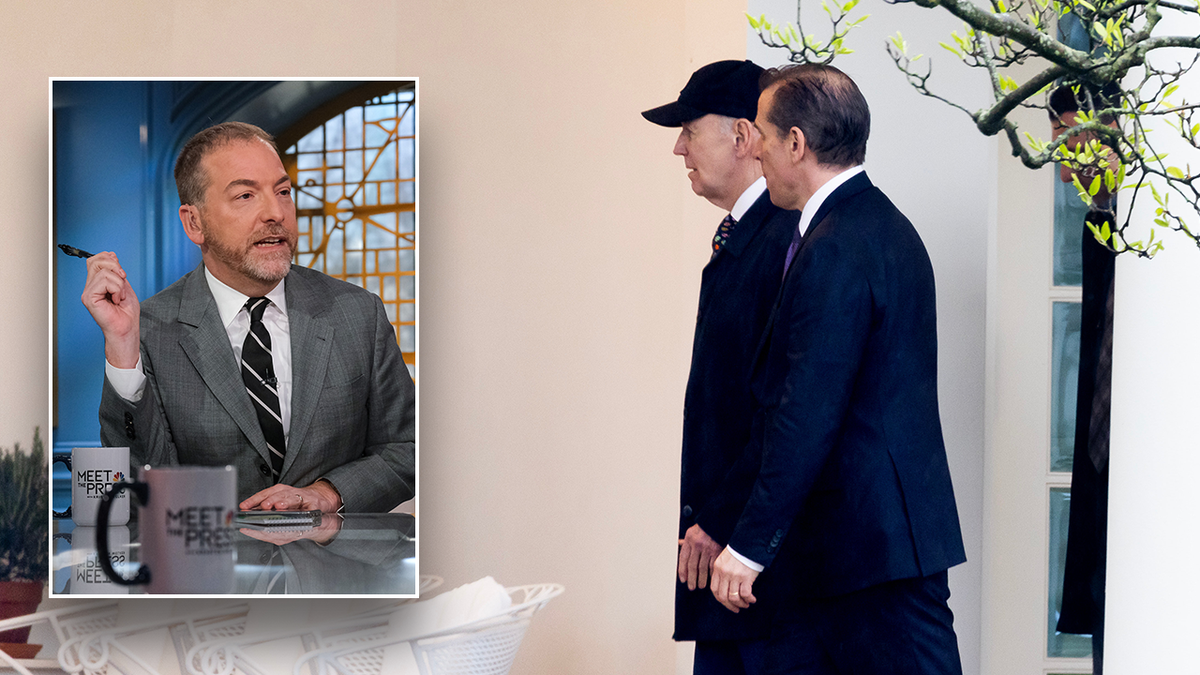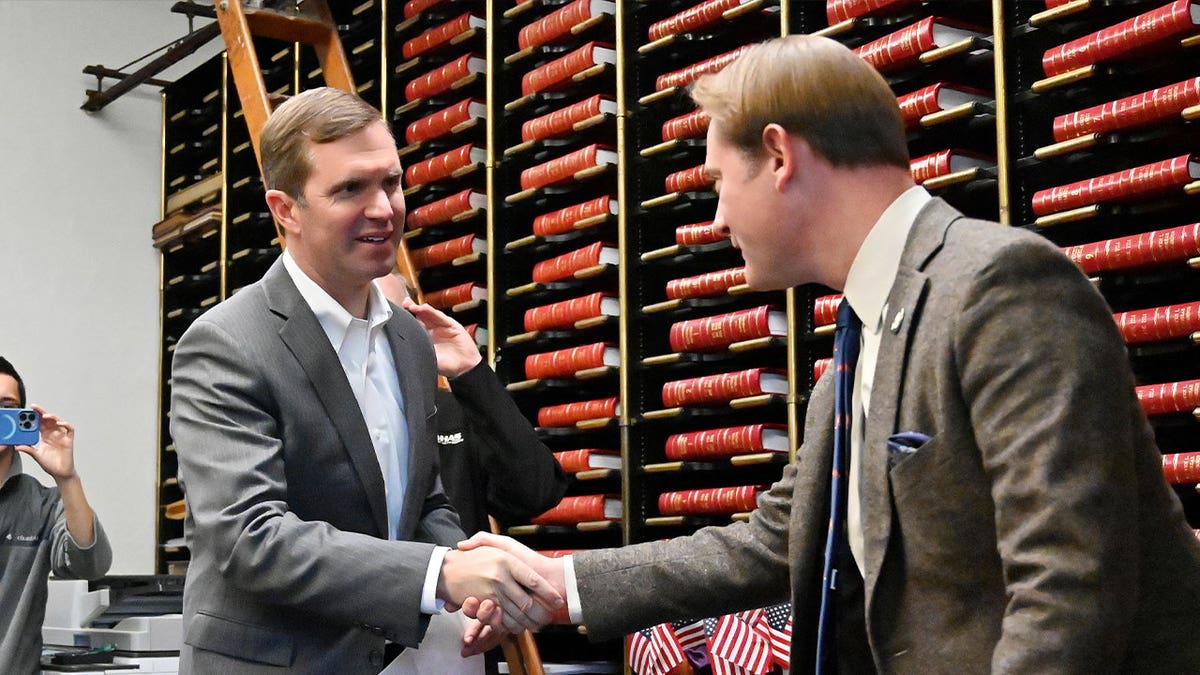During highway construction in Syracuse, New York, archaeologists have stumbled upon a fascinating glimpse into the past, uncovering 11 toilets believed to date back to the mid-1800s. These historical finds, unearthed alongside the foundations of a new roadway, offer a unique perspective on the lives of Syracuse residents from centuries past.
Archaeologist Daniel Seib described each privy as a "time capsule," revealing intimate details about the daily lives of those who used them. Teams meticulously excavated the 5-foot-deep pits, unearthing a collection of discarded items that had been tossed into the toilets over time. These artifacts included a cow bone, a shell, a pocket watch, fragments of broken plates, and a jug handle.
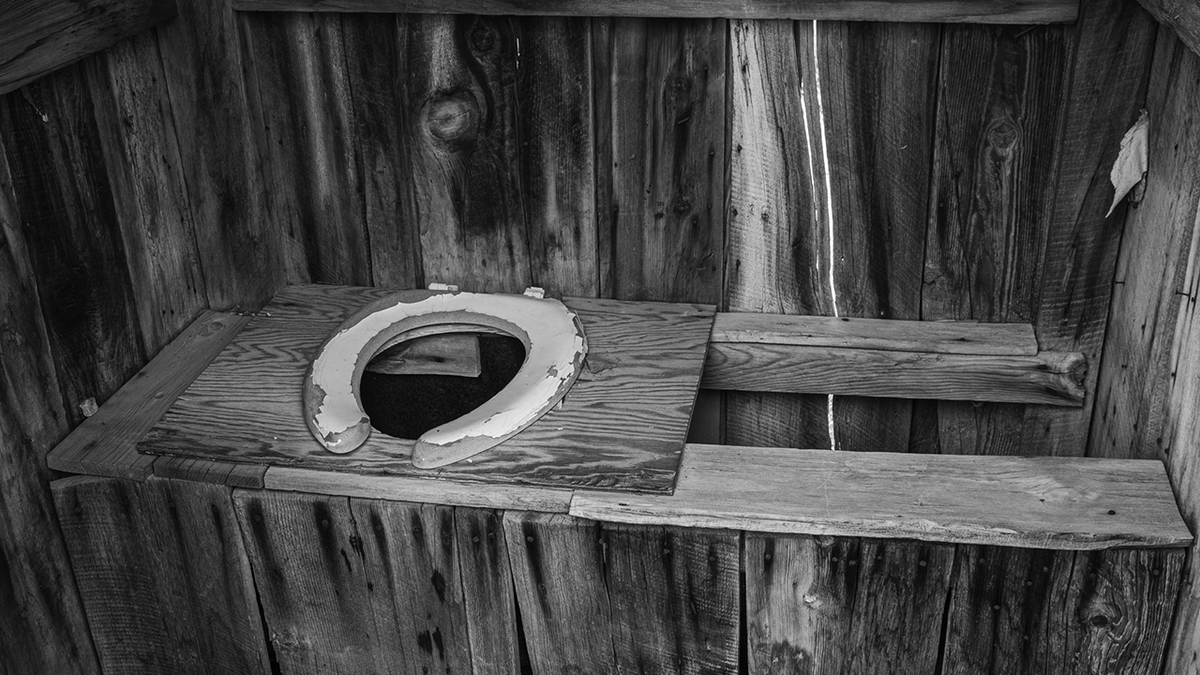
The image above depicts an outhouse toilet, offering a visual representation of the type of facilities used during that era. It's important to note that the discovered toilets are not pictured.
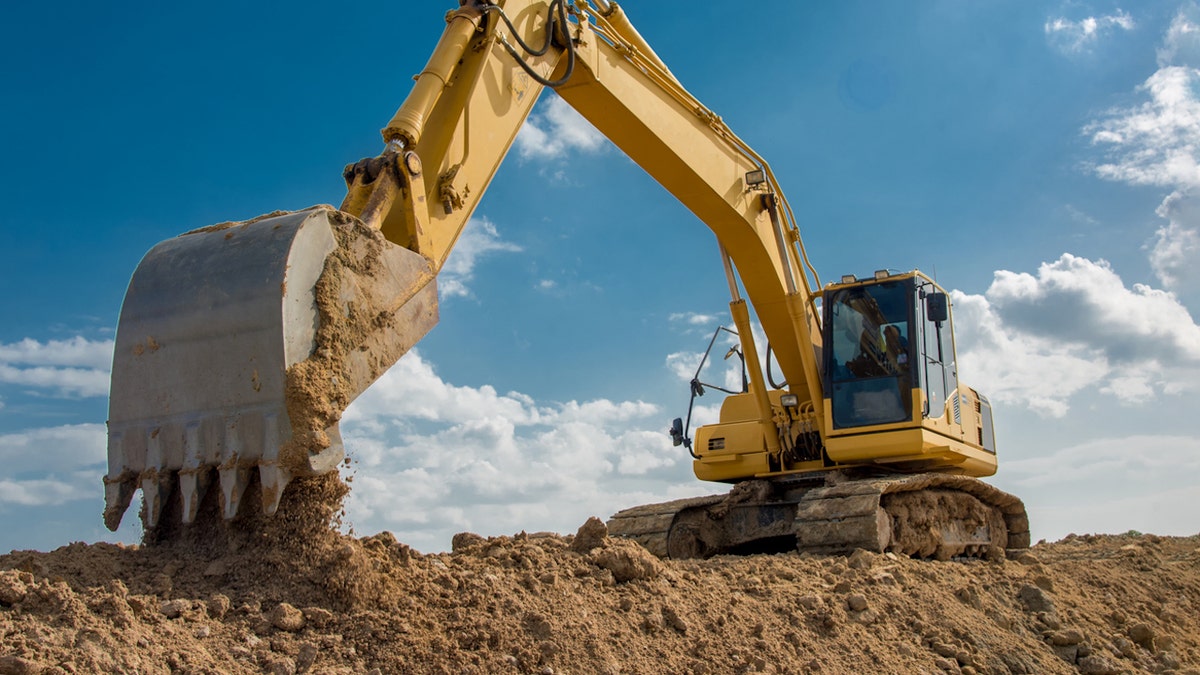
This image captures the scene of the highway construction and excavation process in Syracuse, where the historical toilets and artifacts were found. The specific location of the discovery is not depicted in this photo.
Seib emphasized the personal nature of these discarded objects, stating, "These are all of the things that they held, and they used and this tells you about how they lived their lives. It’s a very personal thing. So whenever we get artifacts like this, we treat them with great respect." Before the advent of indoor plumbing, outhouses were a common feature of households, often located away from the main dwelling.
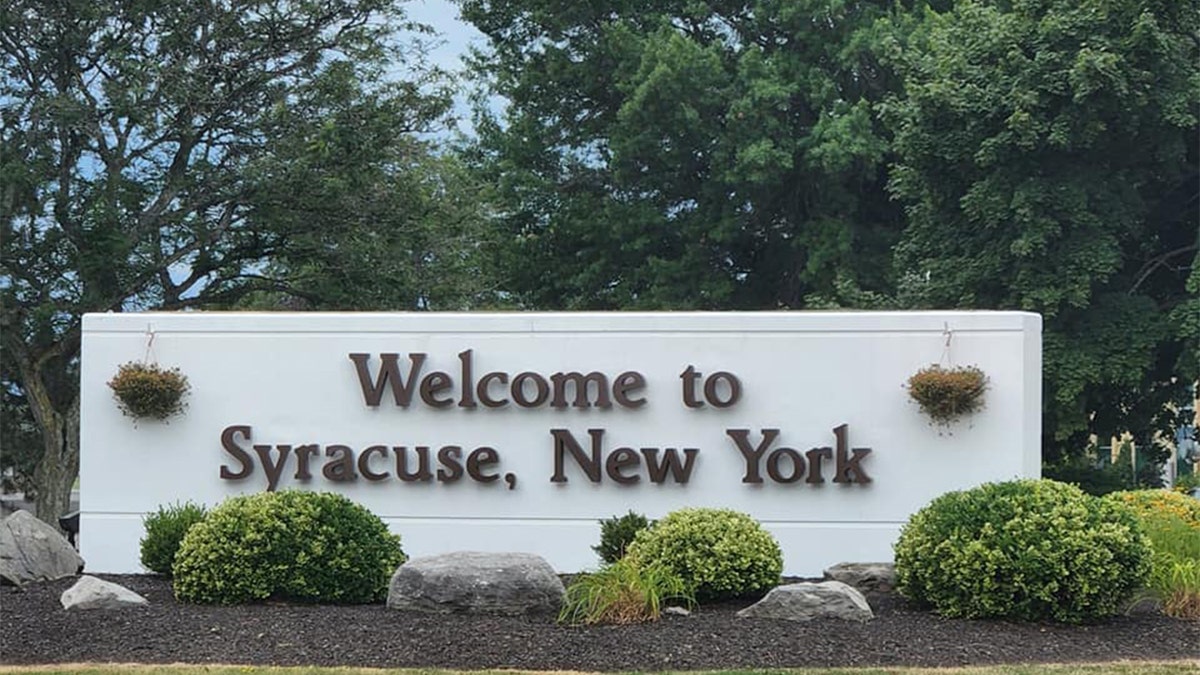
While this image showcases a "Welcome to Syracuse" sign, it's important to note that the unearthed artifacts are not pictured here.
The practice of waste removal in earlier times involved "night soil men" who collected waste from privies under the cover of darkness. This practice, as described by Waste360, a sustainable waste management company, aimed to shield polite society from the unpleasant realities of waste disposal.
The discovered artifacts are slated to be transferred to the New York State Museum in Albany for public display, offering a tangible connection to the city's past.





